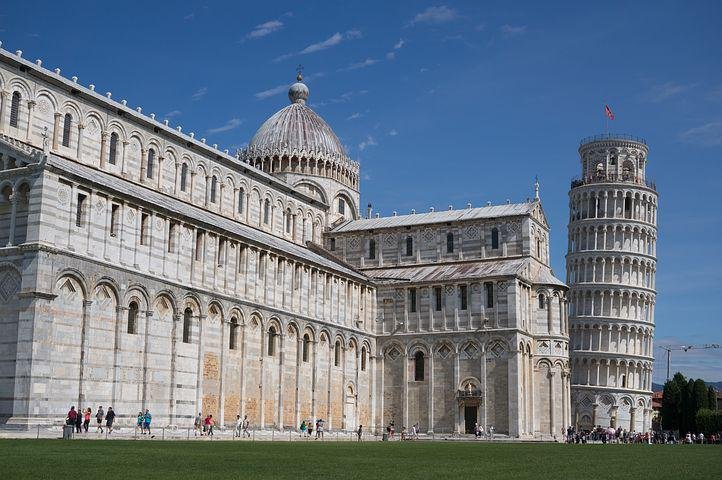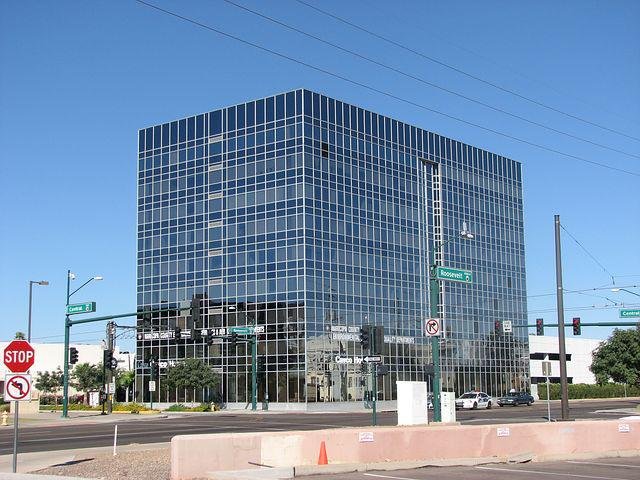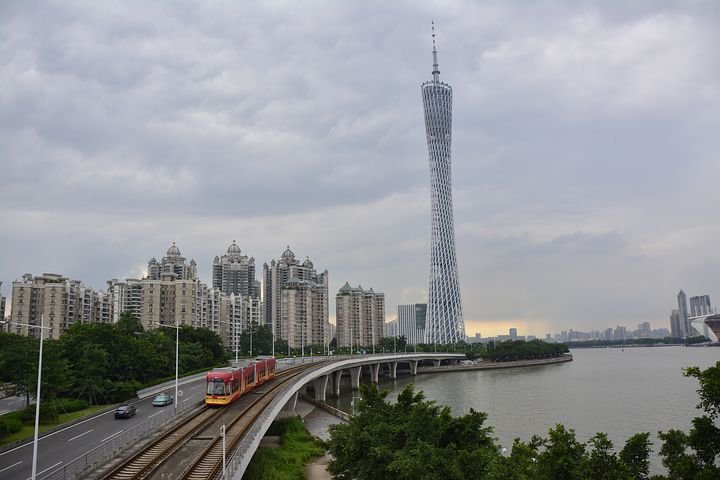Buildings Thoughts!

image link
There are a variety of different designs for buildings, which have been used for different purposes throughout history. For example, the ancient Greeks used the column design to create large, open spaces for public gatherings and religious ceremonies. The Romans used arches and vaults to create more solid and secure structures. Gothic cathedrals were built with tall spires and intricate designs, in order to impress and awe those who saw them. In more recent times, skyscrapers have been designed with an emphasis on efficiency and practicality, in order to house as many people as possible in a limited amount of space. Each type of building has its own unique set of benefits and drawbacks, which must be considered when designing a new structure.
When it comes to the design of a building, its function is often one of the most important factors. A library, for example, needs to be designed in a way that allows people to browse through the books and find what they need. This might mean that the library has a lot of open space and is brightly lit. A factory, on the other hand, needs to be designed in a way that allows workers to move around easily and access the machines. This might mean that the factory has narrow hallways and few windows.

image link
A building can have any number of shapes and sizes, depending on its function and location. For example, a factory would likely be a large, square building, while a small office might have a more rectangular shape. Some buildings are designed to blend in with their surroundings, while others stand out. It all depends on the architect's vision and the client's needs.
Some buildings are incredibly tall, while others are quite short. Some are wide, while others are narrow. The important thing is that the building meets the needs of the people who will be using it. It's also important to consider the climate and environment where the building will be located.
Architects must take many factors into account when designing a building. They must create a structure that is both functional and attractive, while also considering things like cost and safety.

image link
A building's appearance is often just as important to the architect as its function. Architects must design buildings that are both functional and pleasing to the eye. This can be a difficult task, as architects must take into account a variety of factors, such as the climate, the terrain, and the needs of the occupants. But when done well, building design can result in structures that are both beautiful and efficient.
One way that architects achieve aesthetically pleasing buildings is by using natural materials. Stone, wood, and brick can all be used to create eye-catching structures that fit in with their surroundings. Additionally, architects often use creative shapes and patterns in their designs, creating buildings that stand out from the norm.
Architects have always been at the forefront of adopting new technologies to improve building design. The invention of the arch and the use of concrete in construction are two examples of how architects have used new technologies to create better structures.

image link
More recently, the use of computers has led to a revolution in building design. Computer-aided design (CAD) software has allowed architects to create three-dimensional models of their designs, which can be manipulated to test different arrangements and see how they would look in reality. This has led to the development of new types of buildings, such as skyscrapers and curved buildings.
The use of new materials, such as glass and steel, has also allowed architects to create innovative designs. The skyscraper is perhaps the best example of this, as it uses a lightweight material (steel) to create a tall structure.
When designing a building, it is important to take into account the environment in which it will be situated. The climate and the surrounding landscape can have a huge impact on the building's design.
For example, if a building is going to be situated in a hot climate, it needs to be designed with cooling in mind. The walls and roof should be made of materials that reflect the sun's heat, and there should be plenty of ventilation to allow air to circulate.
If the building is going to be near the ocean, it needs to be designed to withstand salt water and high winds. The foundation must be strong enough to withstand flooding, and the windows and doors should be made of materials that won't corrode in salt air.
The landscape can also have an impact on the building's design.

image link
Cultural influences
When it comes to architecture and design, culture is a heavy influencer. Different cultures have different values which are often expressed in the way buildings and spaces are designed. For example, in some countries it is considered important to have a lot of open space and natural light in order to promote relaxation and reflection, while in others, buildings are designed to be more closed off and private.
One of the most well-known examples of cultural design influence is Japanese architecture. The traditional Japanese home was designed for functionality rather than aesthetic appeal. The homes were built using natural materials like bamboo and wood, which were meant to harmonize with the surrounding environment. Another key feature of Japanese architecture is the use of sliding doors, which allow residents to easily move between different spaces.
Conclusion:
In conclusion, new building designs are not only aesthetically pleasing, but they are also more energy-efficient and environmentally friendly. Architects and builders are starting to recognize the importance of using sustainable materials and incorporating green features into their designs. As a result, we can expect to see more of these types of buildings in the future. If you're in the market for a new home or office space, be sure to consider one of these green designs.
Yay! 🤗
Your content has been boosted with Ecency Points, by @azamrai.
Use Ecency daily to boost your growth on platform!
Support Ecency
Vote for new Proposal
Delegate HP and earn more
Some great variety! I do absolutely love that bridge at the top, so beautiful.
I wish to be there sometime, bridges are so beautiful in the world and I love to see them. Thank you for stopping by.